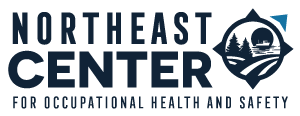The dairy industry has more worker injuries and deaths than any other type of farming. The dairy safety nudging project seeks out creative safety solutions that are both affordable and increase efficiency. One of three projects have been implemented to date, as described in this video.
“If you want to encourage someone to do something, make it easy.”
Richard Thaler
Winner of Nobel prize in Economics and co-author of “Nudge: Improving Decisions about Health, Wealth and Happiness.”
What is Nudging?
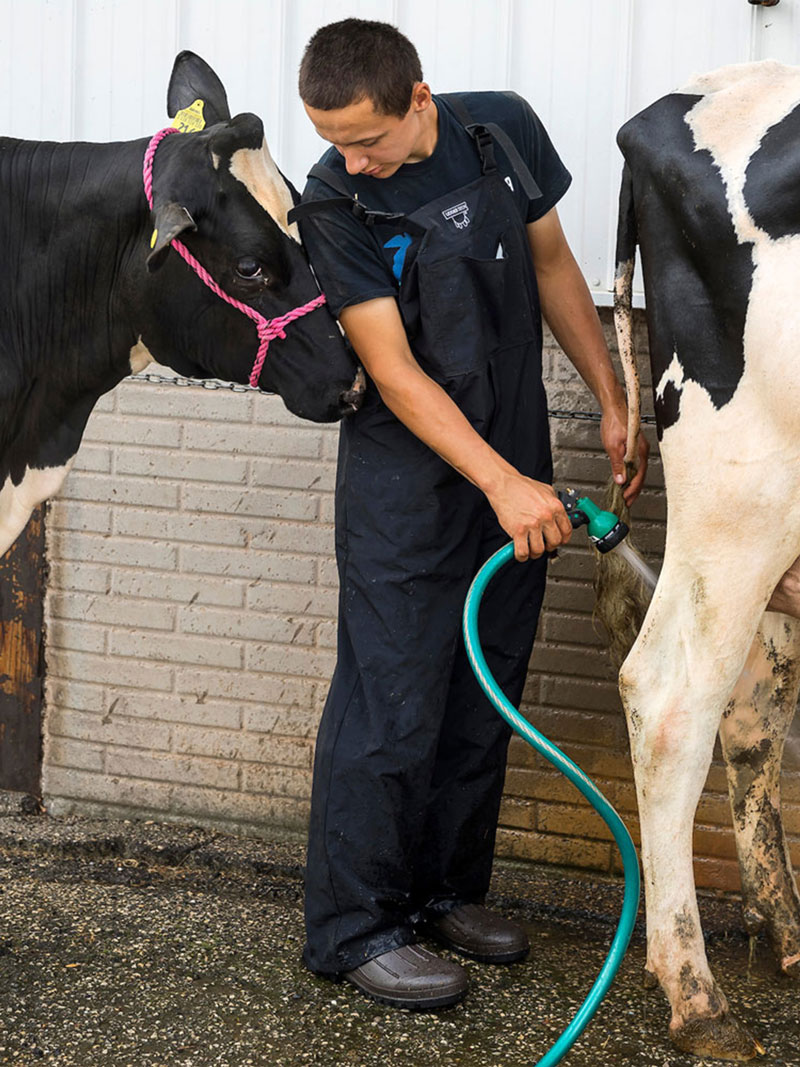
Most people move through their day on automatic pilot. Very few decisions made throughout the day involve carefully weighing the pros and cons of each decision. In fact, people spend 95% of their decision-making time making decisions automatically, intuitively or by habit, according to cognitive psychologists.
Nudging, a strategy in the field of behavioral economics, operates from this understanding of how decisions are made. It gently prods or nudges people to do the right thing—the safer thing—sometimes without having to think about it.
In other words…
Nudging strategies don’t assume that people are paying attention or that they will put what they’ve learned into action. It assumes they will not and plans accordingly.
Nudging solutions focus on people’s tendency to:
-
do what’s easy
-
take shortcuts
-
rely on habit
-
have a short attention span
-
do what others do
By adjusting the work to make it easier, quicker or more cost-effective, nudges stand a better chance of changing behaviors.
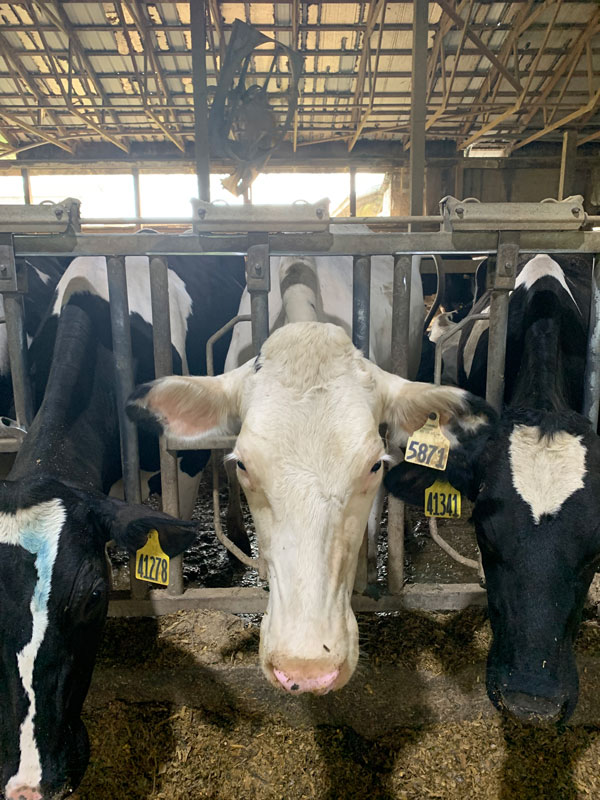
Creating the Nudge
01
Analyze the Problem
- Break down the behaviour
- Identify key factors to modify
02
Align with Nudging Strategy
- Look at nudging strategies
- Align strategy with key factors
03
Tailor and Evaluate
- Customize to workers and the environment
- Evaluate outcome- did it work?
Meet the Project Team
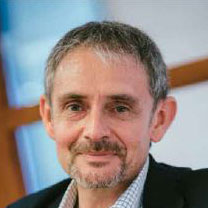
Stephan Van den Broucke
Psychology of Public Health and Aging, Université Catholique de Louvain, Belgium
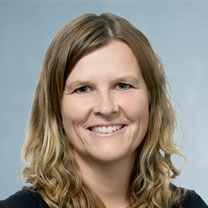
Helle Birk-Domino
SEGES, a Danish agricultural consultancy organization Århus, Denmark

John McNamara
TEAGASC, The Irish State Agriculture and Food Development Authority Piltown, Ireland
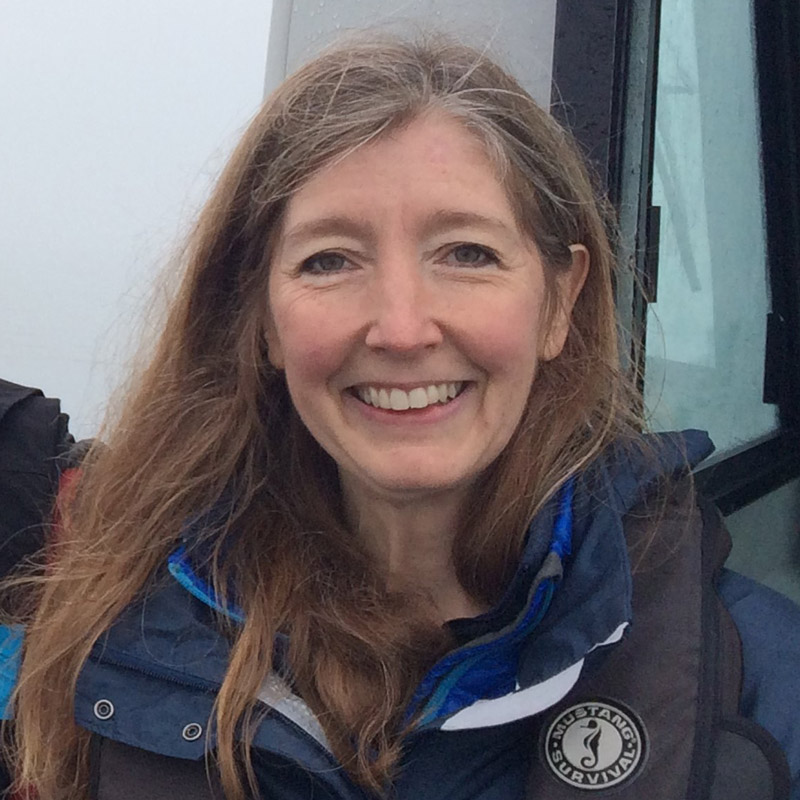
Julie Sorensen
Northeast Center Director, Cooperstown, NY
Additional contributors to the project include Richard Stup of Cornell University Agricultural Workforce Development, as well as Anna Meyerhoff, Maryellen Driscoll, Ryan Todd and intern Eliza Vaccarro of NYCAMH.

